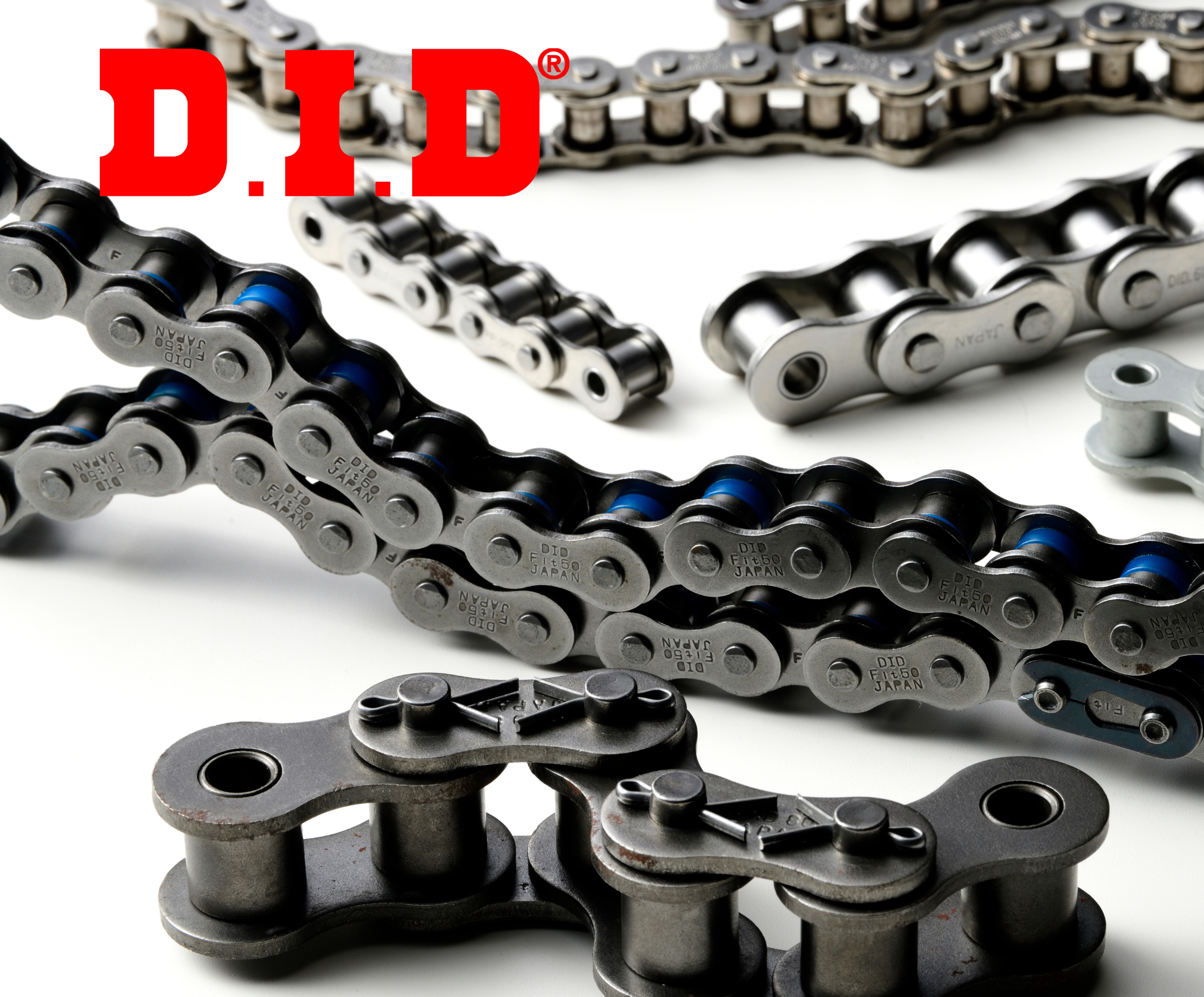What You Need to Know About the Child Safety in Motor Vehicles Act in PH
Republic Act No. 11229 or the ‘Child Safety in Motor Vehicles Act’ was recently signed by President Rodrigo R. Duterte which will require car owners to use child restraint systems when traveling with children.
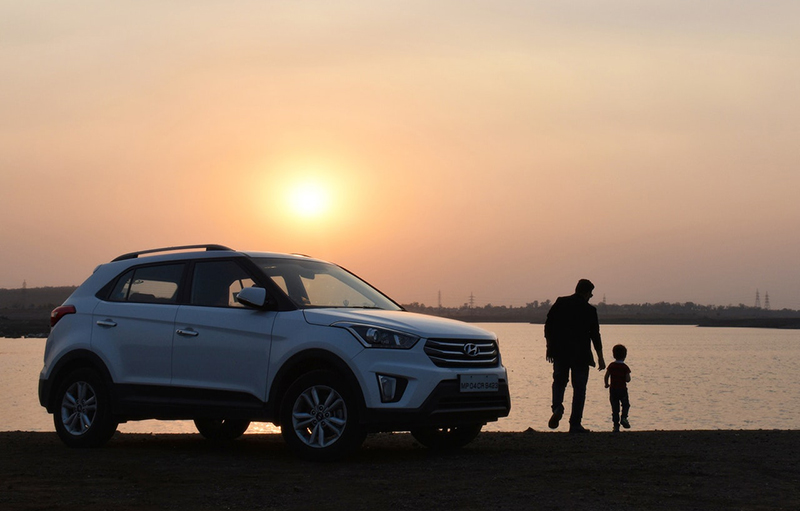 The law was passed to ensure the safety of children in motor vehicles and to guarantee the safety and welfare of infants and children.
The law was passed to ensure the safety of children in motor vehicles and to guarantee the safety and welfare of infants and children.
A child restraint system, according to the law, is a device capable of accommodating a child in a sitting or supine position (lying down on the back). The device must be appropriate to the child’s age, height, and weight.
According to the World Health Organization, the device is designed to protect infants and young children during a collision or sudden stop by restraining their movement away from the vehicle structure and distributing the forces of a crash over the strongest parts of the body, with minimum damage to the soft tissues.
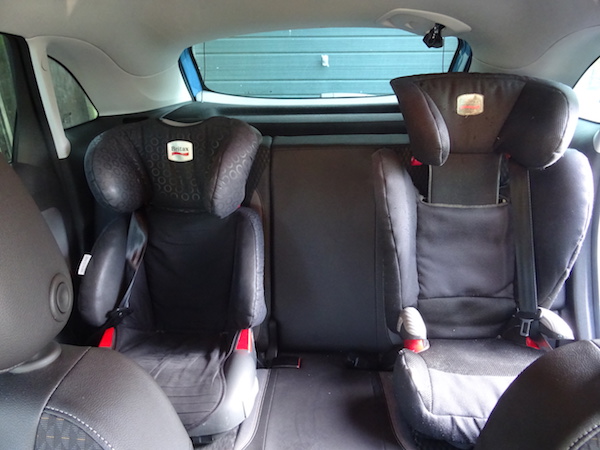 Child Car Seats secured at the rear seat of a car/IMAGE Toddle About
Child Car Seats secured at the rear seat of a car/IMAGE Toddle About
The Department of Transportation (DOTr) is still in the process of writing the Implementing Rules and Regulations (IRR) on child restraint systems but as a guide to car owners and parents, below is the rundown of the new law:
Mandatory Child Restraint System
The use of the device is mandatory to children 12 years old and below unless the child is at least 150 centimeters or 59 inches in height. Children taller than the indicated height must be properly secured using the regular seat belt.
- (Sec. 4) The use of a child restraint system is mandatory with exceptions to children with medical emergencies, with any medical or developmental condition, or other circumstances which will be in the IRR.
- (Sec. 5) The child restraint system should be placed at the rear seat. Children 12 years old and below are not allowed to sit at the front seat unless the child meets the height requirement and is secured with the seat belt.
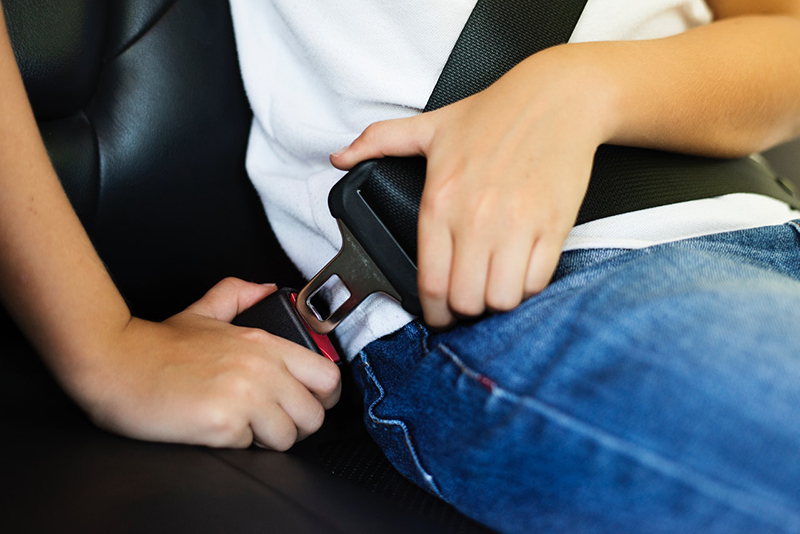 Children taller than 150 centimeters or 59 inches in height are allowed to sit beside the driver given they are secured using the vehicle’s regular seat belt.
Children taller than 150 centimeters or 59 inches in height are allowed to sit beside the driver given they are secured using the vehicle’s regular seat belt.
The Role of Government Agencies
On its Declaration of Policy, the law was passed to ensure the safety of children in motor vehicles and to guarantee the safety and welfare of infants and children in accordance with international standards accepted by the United Nations (UN).
Thus, implementing government agencies and enforcers must undergo a training program to keep par with the international standards.
- DTI is mandated to use the mandated standards under the UN Regulations 44 and 129 regarding the requirements for the car’s child restraint system. Manufacturers, importers, and distributors must secure a license prior to the sale of said devices.
- Within a year after the law is published, DOTr must report and recommend to the Congress the use of child restraint in public vehicles such as jeepney, bus, taxi, and vans.
Penalties
Sec. 10 of the R.A. enumerates penalties for not using child restraint systems when riding a closed vehicle with children:
- Penalties for violating Sections 4 and 5 of the R.A. No. 11229:
1st offense: Php 1,000
2nd offense: Php 2,000
3rd offense: Php 5,000 and a suspension of license for 1 year
- Penalties for using expired, non-licensed, or substandard child restraint systems:
1st offense: Php 1,000
2nd offense: Php 3,000
3rd offense: Php 5,000 and a suspension of license for 1 year
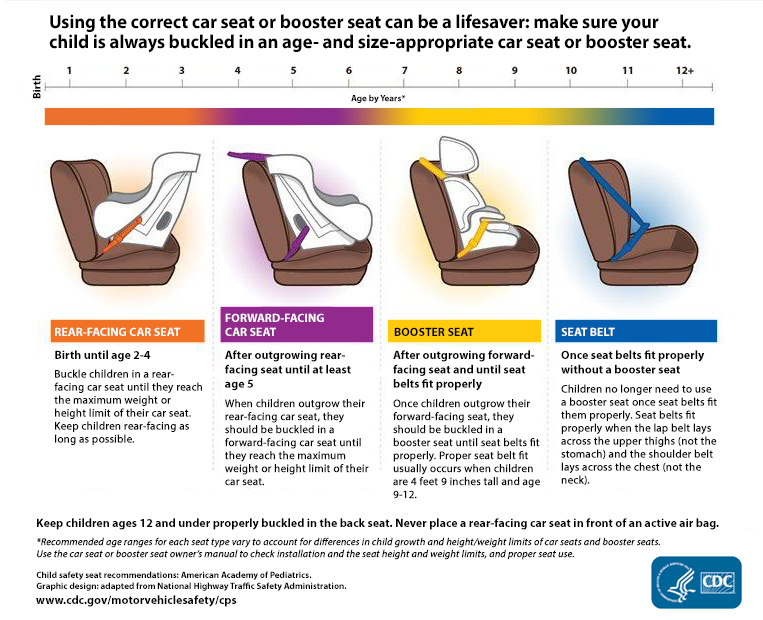 Child safety seat recommendations by the American Academy of Pediatrics/IMAGE Centers for Disease Control and Prevention
Child safety seat recommendations by the American Academy of Pediatrics/IMAGE Centers for Disease Control and Prevention
Currently, there are available car seats in the Philippines such as infant carriers, child seats, and booster seats. It is recommended to start canvassing for seats for your children and make sure that they have the Philippine Standards (PS) or Import Clearance Certificate (ICC) mark license.
Sources: Philippine News Agency, Official Gazette of the Philippines, World Health Organization, eComparemo
Images from Pexels unless stated otherwise.




